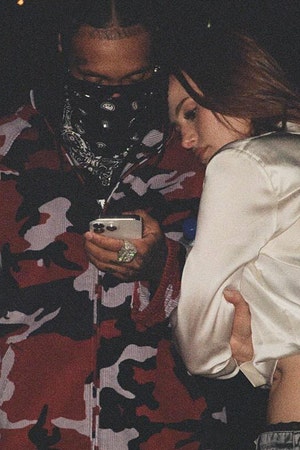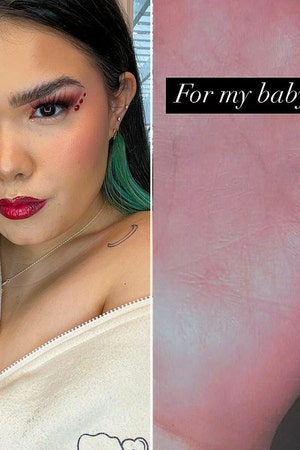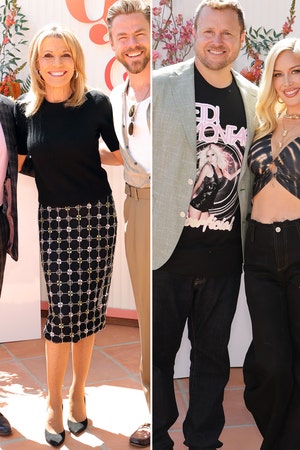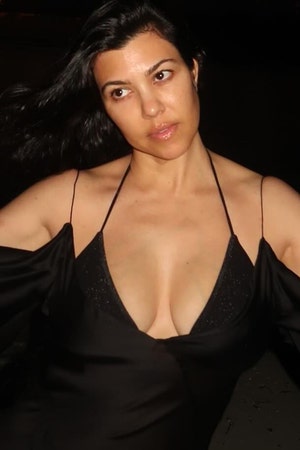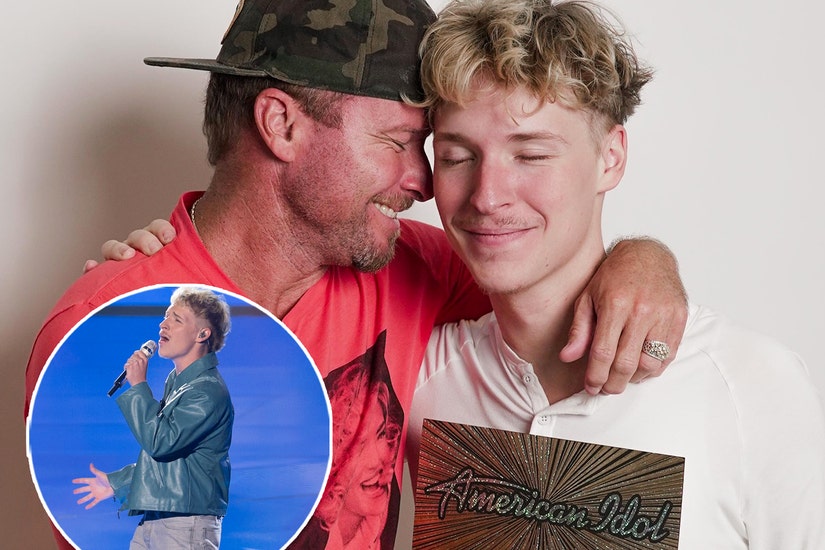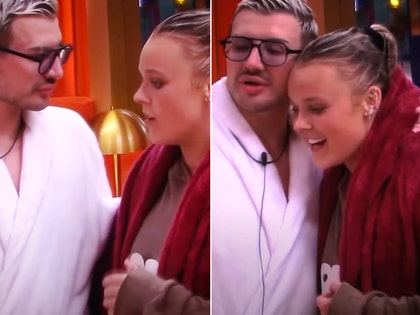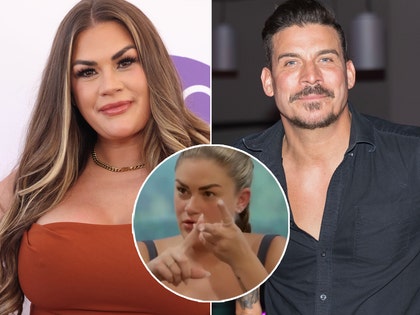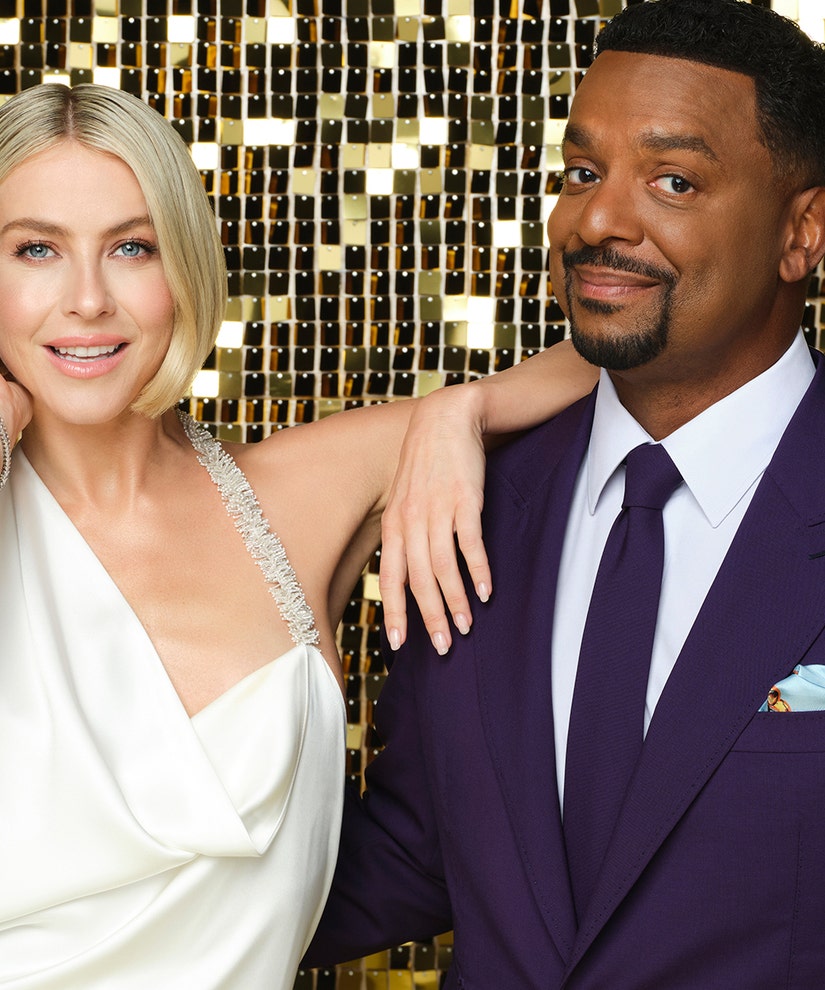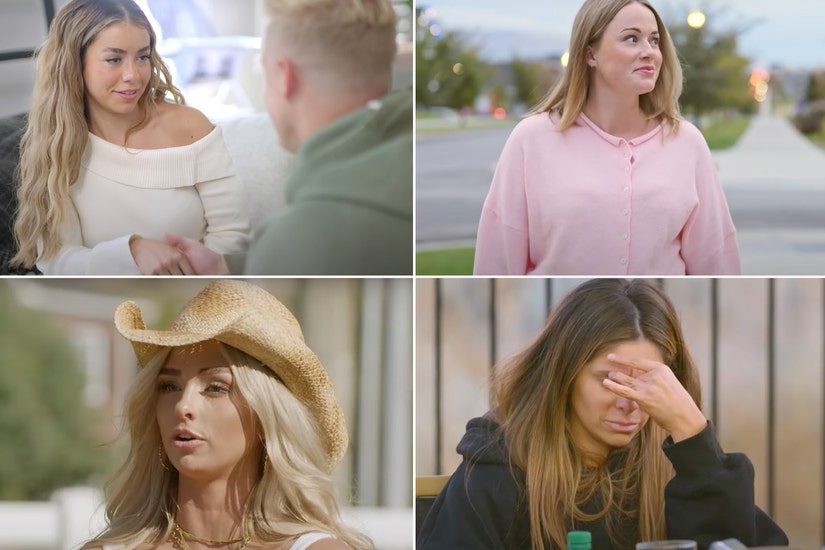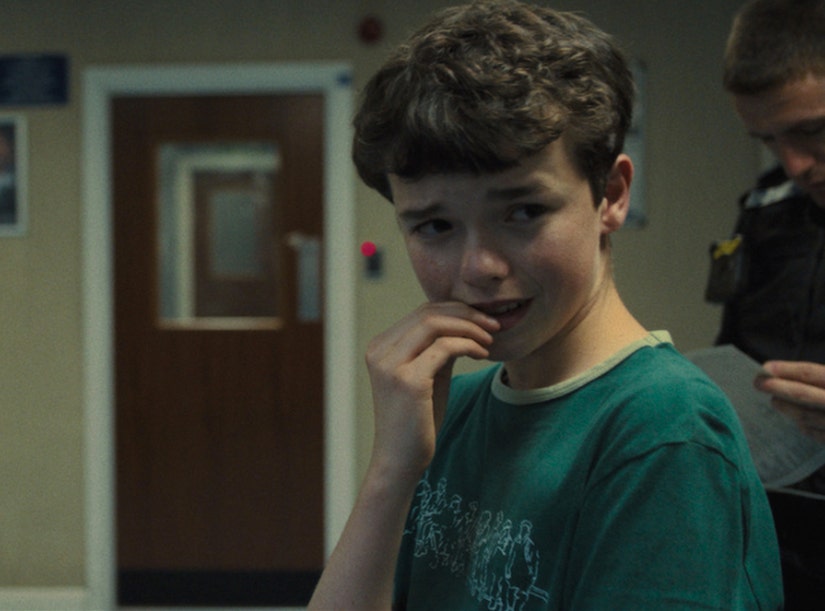
The four-part British series follows the aftermath of the stabbing of a teenage girl, with a 13-year-old boy from her school arrested for her murder.
Netflix's newest crime drama Adolescence has captivated audiences following it's premiere last week, reaching more than 24 million views on the streamer in a matter of days.
The four-part British series follows the aftermath of the stabbing of a teenage girl, Katie, with a 13-year-old boy from her school, Jamie (played by newcomer Owen Cooper), arrested for her murder.
While it was the story, which shed light on the massive impact of social media and misogynist influencers on some teenage boys, that stunned, the show is being called "flawless" for more than just its acting, with viewers in awe over the one-shot technique used to film each episode.
Now, Netflix is sharing some behind-the-scenes tidbits from the show, including answers to fans' frequently asked questions, as well as some fun facts from filming.
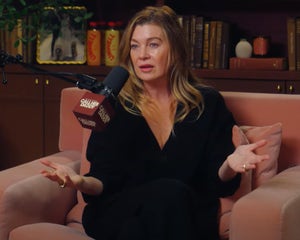 YouTube
YouTube
Ellen Pompeo Reveals She 'Cried' While Filming 'Uncomfortable' Grey's Anatomy Sex Scene
View StoryThe One-Shot Technique
Yes, each episode was filmed using a one-shot method, or single-take, meaning the scene or sequence was filmed in one continuous take with a single camera.
To achieve that, they filmed each episode more than once -- a lot more, with Episode 4 taking a whopping 16 takes before the director and show-runner landed on "the one."
In total, Adolescence shot for five days, shooting multiple takes a day -- some that were completely abandoned and restarted -- making for some interesting preparation for the cast.
As for how they got ready for that grueling schedule, Netflix revealed that segments of the script were rehearsed with "a little bit more added each day -- starting with five minutes on the first day and adding further materials as they went through."
By the end of the week, the cast was doing full run-throughs of that episode.
Because of the one-shot nature of each episode, there were some inevitable mistakes and ad-libs that happened along the way, some of which made their way into the show.
One in particular came during the tense Episode 3, when Cooper yawns, to which psychologist Briony Ariston, played by Erin Doherty, responds, "Am I boring you?"
"That took me back and it made me smile because it wasn’t in the scripts," Owen told The One Show. "I wasn’t expecting that at all so it took me back a little bit but it was amazing."
The back-and-forth that ensued was completely ad-libbed, making use of Cooper's accidental yawn -- and hey, we can't fault the kid for being a little tired after so many takes.
But with Cooper's smirk and eventual denial, the moment felt true to his character, and was kept in the cut.
Additionally, moments like the door ram by police in Episode 1 and the Episode 4 scene where Jamie's dad, played by Stephen Graham, throws the blue paint over his van to cover up the slur spray-painted on it by some rowdy teens, were filmed over and over as well, with Netflix revealing a special paint was created for the scene and jet-washed off after each take.
As for the door, they rammed through a new one each time, using a PVC specialist to install a new door for each take -- 12 in total.
 Getty
Getty
Brynn Whitfield Opens Up About 'Painful' Fallout from Explosive Season of RHONY
View StoryEpisode 2's Drone Shot -- And More Camera Tricks
There's a stunning drone shot at the end of episode 2 after D.I. Bascombe, played by Ashley Walters, chases after Jamie's friend Ryan, who -- spoiler alert -- has more to do with the murder than he initially let on, and then makes a much-needed conneciton with his own young son.
Afterward, the camera briefly follows the young victim's best friend before suddenly soaring into the sky and across a portion of the community before coming back down to see Graham's character at the victim's memorial site.
With the one-shot nature of the episode, many at home wondered how that scene was achieved.
In an explainer shared by Director of Photography Matthew Lewis, he said he found a way to make the camera "fly" by attaching it to a drone.
"The collaboration on this show, a lot of it was technical, but the surprising thing was using technical to free us," Lewis said in a snippet from the BTS documentary about the show.
"I'd written in this chase sequence. And this chase sequence to Bascombe and this boy past the murder site, and then the camera was gonna travel back on its own, back to the school."
 Ned Rogers / Vanity Fair
Ned Rogers / Vanity Fair
Gwyneth Paltrow Reacts to Rumored Celeb Pal's Bathroom Incident, Association with Ex Brad Pitt
View Story"That moment would have felt almost like a video game walking down the street. I think it will just take the audience away from what the piece is," director Phil Barantini added, realizing it wasn't going to work.
"And then Phil [Barantini] called me up and he said, Matt I think we've found a way to make the camera fly," Lewis continued.
"If the camera could float away by itself, then it couldn't possibly be attached to a person. It kind of feels more ethereal," Barantini chimed in.
"So you've got Bascombe finding his own sort of resolution, and you're with this character, Jade, whose heart is pulled out, and you're with all these kids as they pull out their phones and then the camera takes off," Lewis explained.
"And then the camera comes to rest at the murder site. It was an example of the technical meeting the story and finding a fusion, which is actually better than anything that the story had come up with on its own."
Another fun fact? The window that Ryan jumps through to get away from Bascombe wasn't actually a window at all. It was actually taken out and put back in with visual effects. While one of the camera operators remained in the classroom, the other, who was crouching on the other side, took the camera and continued the chase.
 Getty
Getty
Rachel Zegler Shares Ariana Grande's Words Of Advice Amid Snow White Casting Backlash
View StoryOwen Cooper's First Time on a Set
With incredible critical praise, everyone seems to agree Cooper played Jamie like a pro, delivering a chilling performance that in one moment has you feeling badly for the 13-year-old, and in the next, wildly terrified of him. Remarkably, Adolescence is Cooper's first acting gig.
Netflix revealed that Cooper was one of "hundreds" of potential Jamies seen by casting director Shaheen Baig.
He was initially spotted after sending in a self-taped improv scene that caught Baig's eye, and after a few more callbacks and workshops, Cooper was asked in to have a chemistry read with his on-screen dad, played by Graham.
Episode 3, perhaps one of the most tense in the series, in which Cooper is assessed in a correctional facility by Doherty's child psychologist character, was the first scene he shot, and his first-ever time on a film set -- if you can believe it.
Looking back on the scene, Cooper said that if he had a choice, he would still choose to film that episode in one take.
"If we had a choice, I think we'd both go one take," Cooper said in a sit-down with Doherty. "Because, when you're cutting and stuff, you wouldn't get that full like, emotion."
"What gets Jamie in that bit is that now he's, like, fully alone," the teen continued. "In the back of your mind you're thinking, 'Oh, he's done a bad thing.' But at the same time, you're thinking that, you know, he's just a 13-year-old lad in a place where he doesn't want to be."
Both Adolescence and the BTS documentary about the series are streaming now on Netflix.



